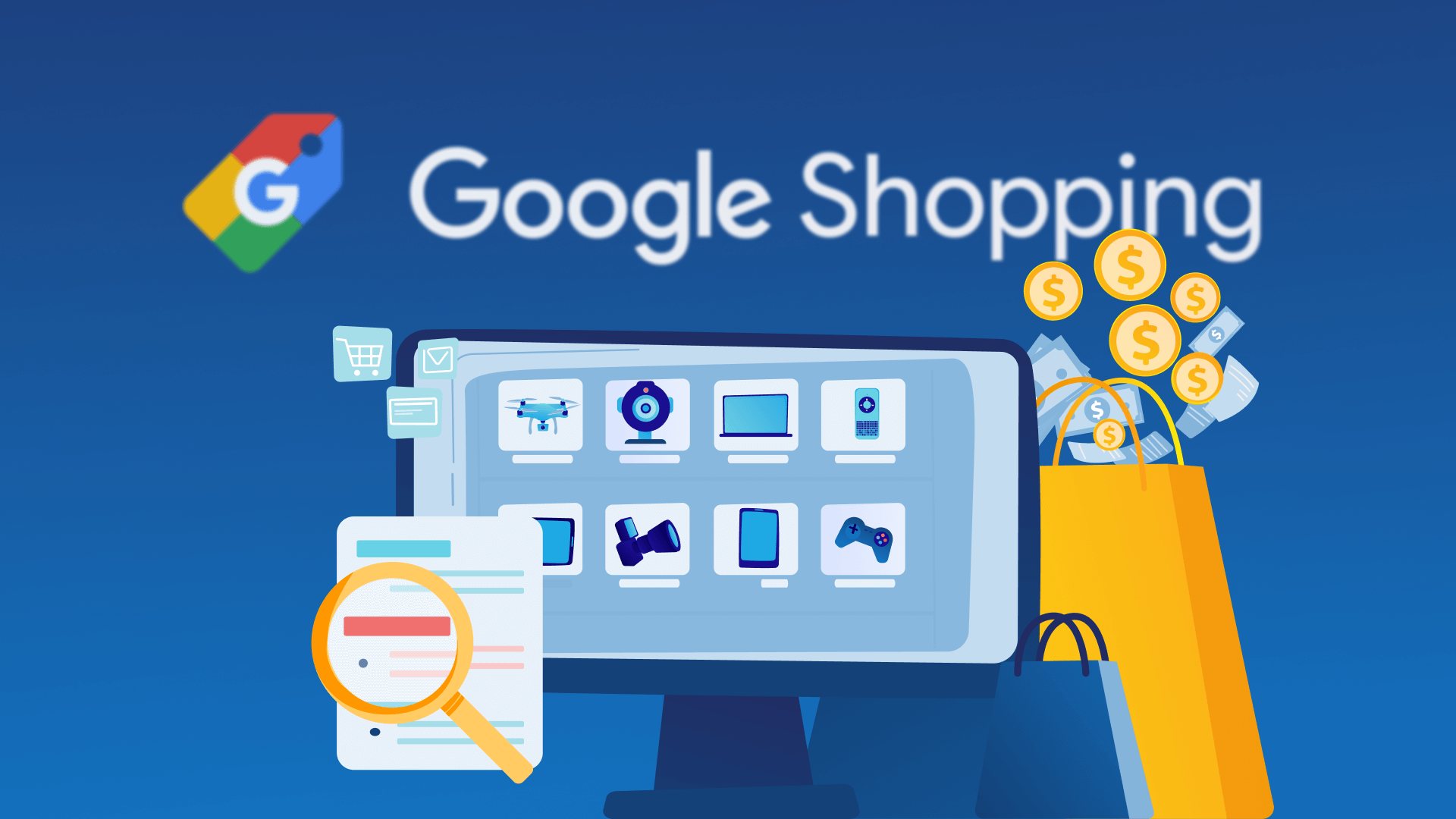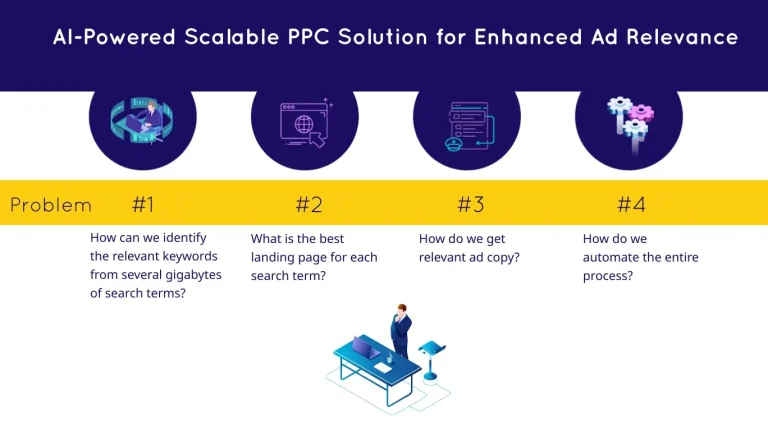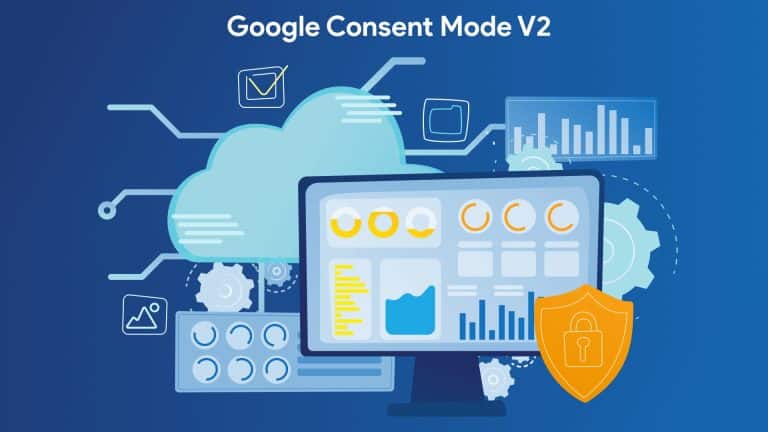While specific queries drive better conversion rates, getting negative keywords for Google Shopping query sculpting can be challenging. These approaches can help you save time and budget while scaling.
It’s very common in advanced Google Shopping campaign structures to split the traffic into different campaign buckets of:
- Generic: HIGH Campaign priority
- Branded: MEDIUM Campaign priority
- Product Specific: LOW Campaign priority
To achieve this, we have to define these negative lists:
- Brand Identifiers + Product Identifiers ↔ Generic
- Product Identifiers ↔ Branded
Normally, you’ll observe higher conversion rates on more specific queries. If the queries can be split up successfully, then you can start moving the budget from generic to specific by adjusting your bidding strategies.

The main challenges and solutions of Google Shopping queries
In Shopping ads, search queries are matched to your items by Google, so you can’t trigger the impression with keywords. However, using negative keywords will help you make sure that your ads are relevant. In Google Shopping query sculpting tasks, the main challenge is to get negatives for your product brands and especially products. Let’s use the product feed for starters.
“In Google Shopping query sculpting tasks, the main challenge is to get negatives for your products.”
In theory the setup sounds great, but it can be time-consuming to get the right set of negatives, though it can be done in a scalable way with the following approaches.
- Use n-grams instead of full queries for your negatives: By doing this, you’ll block the maximum number of unique queries sharing that pattern. This also avoids reaching the Google Ads limits for the amount of negative keywords.
- Build a search engine based on your product feed data that will give you this result:
- If there are many products from different product brands matching → GENERIC
- If there is a single brand matching with lots of products → BRANDED
- If there is a small subset of products matching within the same brand → PRODUCT SPECIFIC
- Use the existing queries in your Google Shopping account, create 1-gram and 2-gram out of it and classify them with our search engine approach
This approach already split your traffic quality a lot. When you look into the GENERIC campaign, you’ll still realize a lot of queries that are at the wrong place for these reasons:
- Brand names and product identifiers often appear with misspellings and typos. Together, it’s a big amount of traffic.
- There are synonyms or abbreviations for a lot of brands and product identifiers.
By adding both cases to our search index, the quality of the classification will further improve.
Performance based approach for setting negative keywords list
Let’s combine the previous cases with a second, performance based approach for setting negatives. The types of queries that Google sends to the shopping accounts may not match at all. It’s difficult to identify them (or n-grams that belong to them) with a small amount of samples. The great thing is that they appear in the GENERIC bucket where we already pay less.
Our second approach makes it even more controllable.
- If you have enough samples on an n-gram with a VERY HIGH or HIGH value per click, we can block it in GENERIC.
- If we have a VERY HIGH VPC (value per-click) we block it in BRANDED.
Important: In this case, we’re only using performance based negatives for n-grams that can not be classified with the first approach. Otherwise, you would easily block a complete brand in your branded bucket if the VPC performance is great.
For the definition of VERY HIGH and HIGH, we’re using a distribution based approach based on the complete account.
More control means better performance
You’ll notice right away that the resulting buckets are performing totally differently. After successfully splitting the traffic quality, you can now use different bidding strategies or target values for each campaign.
Key takeaways
???? With successfully split Google Shopping queries, you can start moving the budget from generic to specific by adjusting your bidding strategies.
???? Keep in mind that the types of queries that Google sends to the shopping accounts may not match at all.





